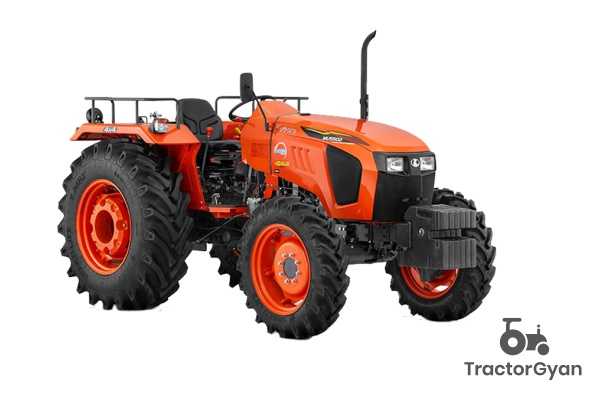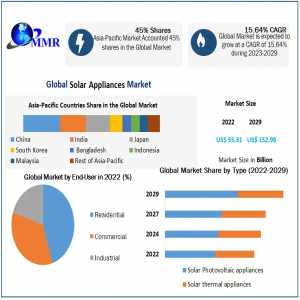
Tractor Prices In India: A Comprehensive Overview

Tractors have been the backbone of Indian agriculture for decades. In a country where a significant portion of the population is engaged in farming, tractors play a crucial role in improving agricultural productivity and reducing manual labor. This article delves into the world of tractor prices in India, considering the various factors that influence the cost of these essential farming machines.
Factors Affecting Tractor Prices in India
-
Horsepower: One of the primary determinants of tractor pricing is the machine's horsepower. In India, tractors are available in a wide range of horsepower categories, from small sub-compact tractors with less than 20 HP to large, powerful tractors with over 50 HP. Naturally, tractors with higher horsepower are more expensive due to their increased capacity and versatility.
-
Brand and Model: The brand and specific model of a tractor significantly impact the price. Well-established brands with a history of reliability often come with a higher price tag. Moreover, different models within a brand offer varying features, and these differences influence the cost. Buyers can choose between both Indian and international tractor brands, each with its own pricing structure.
-
Features and Attachments: Tractor prices can vary based on the features and attachments they offer. Modern tractors come with a host of advanced features, including power steering, air-conditioned cabins, GPS systems, and more. The availability of these features, along with the ability to attach various implements such as plows, harrows, and trailers, can affect the overall cost.
-
Geographic Location: Prices can vary depending on where you purchase the tractor. Dealers in different states or regions may have varying pricing structures, influenced by factors such as transportation costs and local demand.
-
Government Subsidies and Schemes: The Indian government has implemented various schemes and subsidies to make tractors more accessible to farmers. These subsidies can significantly reduce the cost of purchasing a tractor, making it a more affordable investment.
-
Market Demand: The demand for tractors in the market plays a crucial role in pricing. Seasonal fluctuations, crop patterns, and regional demands can impact tractor prices. During peak agricultural seasons, prices may rise due to increased demand.
Pricing Ranges
Tractor price in India can vary widely depending on the factors mentioned above. To provide a general idea, here are some price ranges for different categories of tractors:
-
Sub-Compact Tractors: These are the smallest and most affordable tractors, typically ranging from ₹2 lakh to ₹5 lakh, with lower horsepower and basic features.
-
Compact Tractors: Compact tractors are more versatile and cost between ₹4 lakh and ₹10 lakh. They come with a broader range of features and horsepower options.
-
Mid-Range Tractors: Mid-range tractors with higher horsepower and advanced features generally fall in the ₹7 lakh to ₹15 lakh price range.
-
Utility Tractors: These robust machines can cost anywhere from ₹10 lakh to ₹20 lakh or more, depending on their power and features.
-
Premium Tractors: Premium tractors from international brands with top-notch features and high horsepower can exceed ₹20 lakh, reaching prices that cater to specific, high-demand niches.
Conclusion
In India, tractor prices are influenced by various factors, including horsepower, brand, features, and geographical location. These factors make tractors accessible to a wide range of farmers, from smallholders to large agricultural enterprises. Additionally, government subsidies and schemes further contribute to affordability, ensuring that tractors remain an indispensable tool for Indian farmers striving to increase productivity and reduce manual labor. Understanding these factors is essential for prospective buyers looking to make an informed choice and invest in the right tractor for their specific agricultural needs.
Author Bio
Article Comments
No Comments!
At present there are zero comments on this article.
Why not be the first to make a comment?
Similar Articles
Search Pages
User Upgrade
account to full use of editor,
Including hyperlinks
Article Categories
There are zero sub-categories in this parent category.
There are zero sub-categories in this parent category.

















